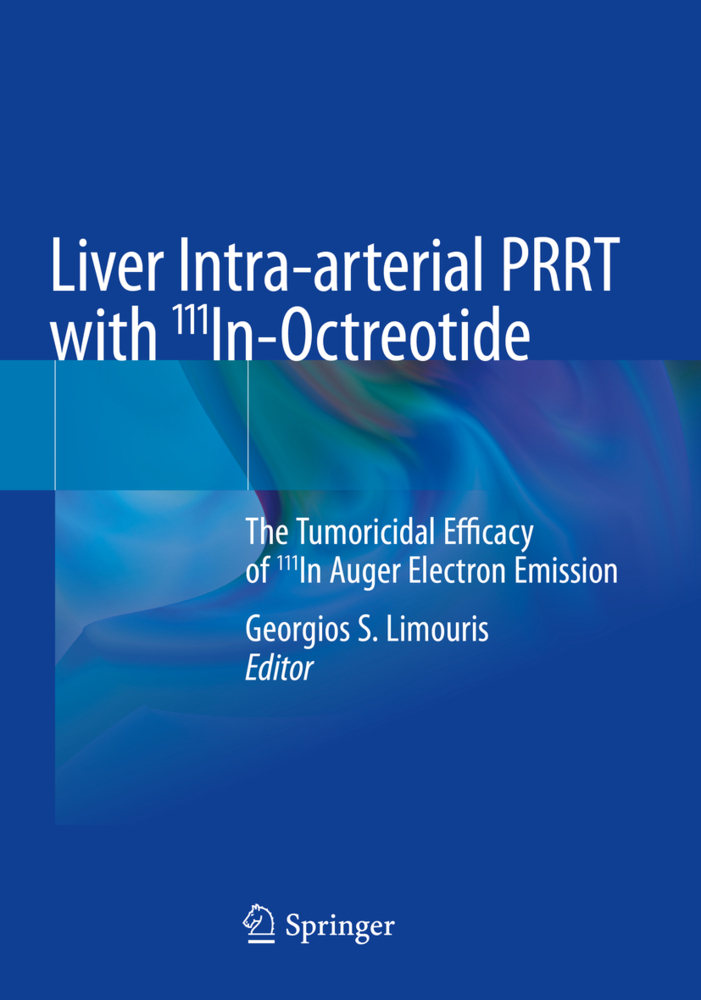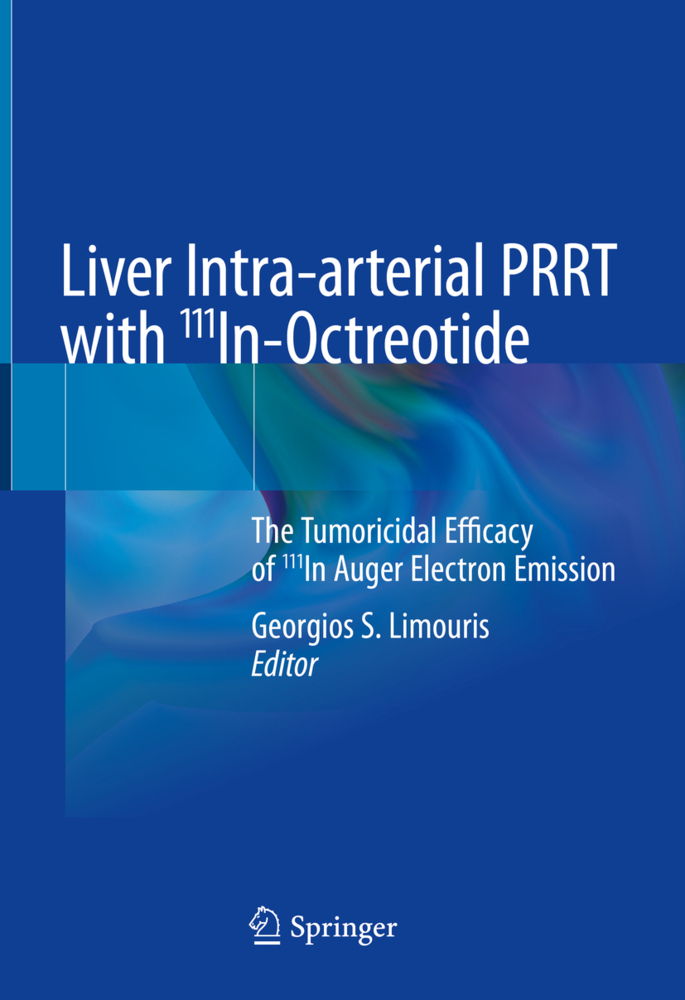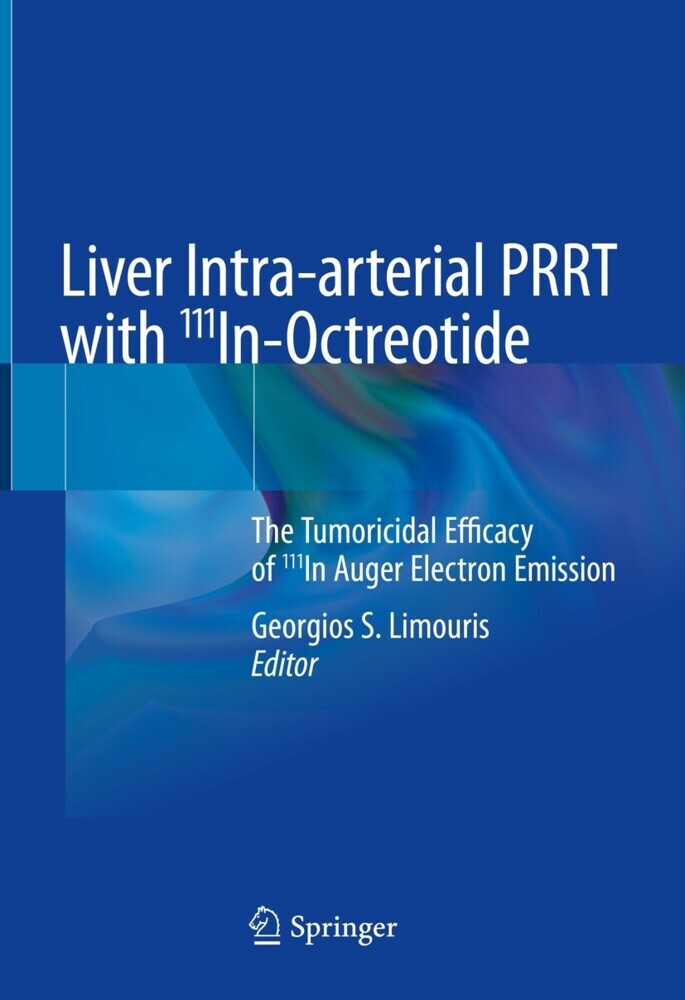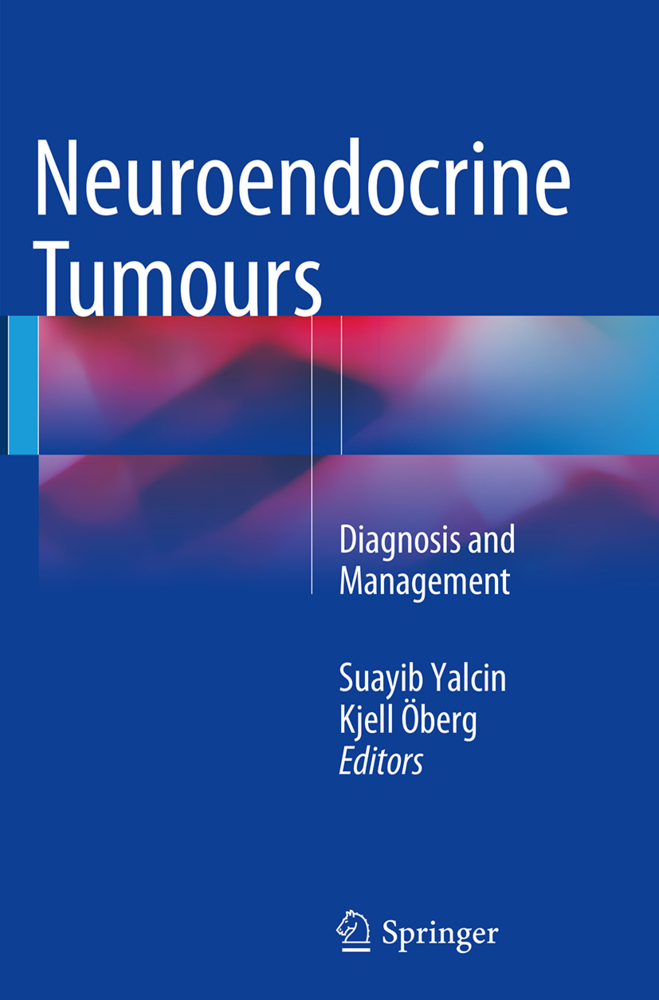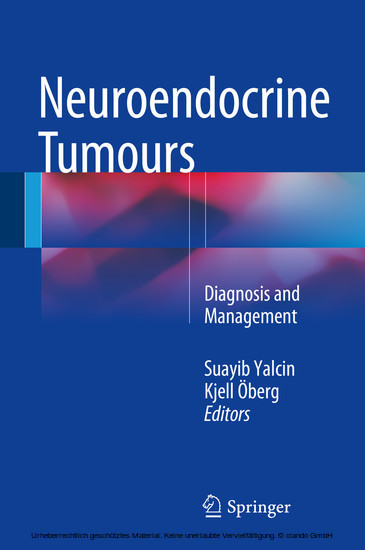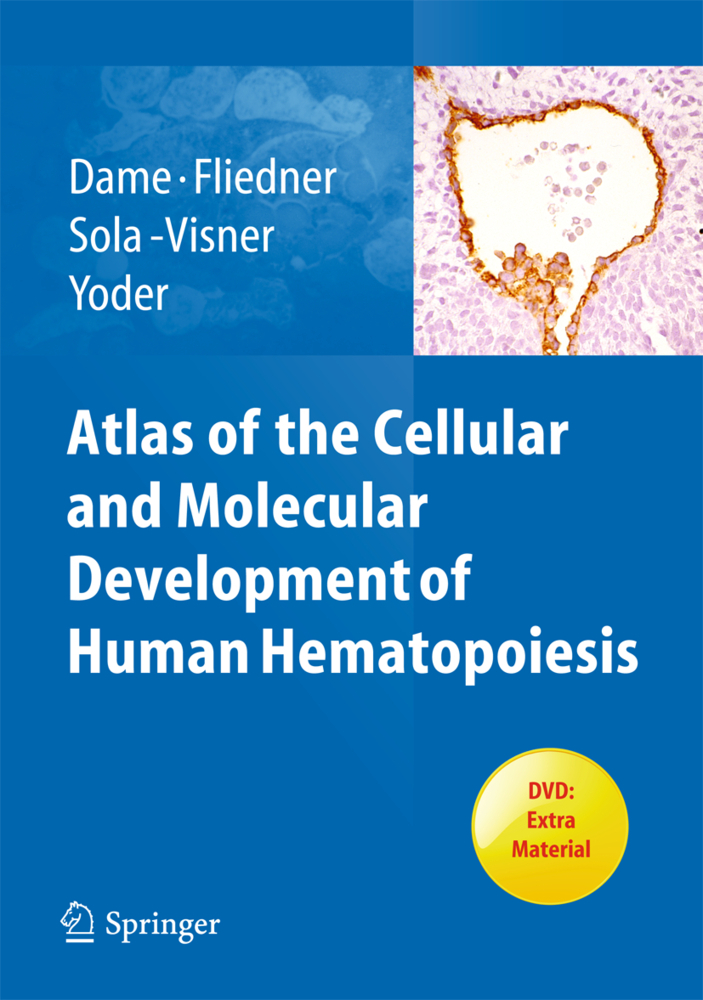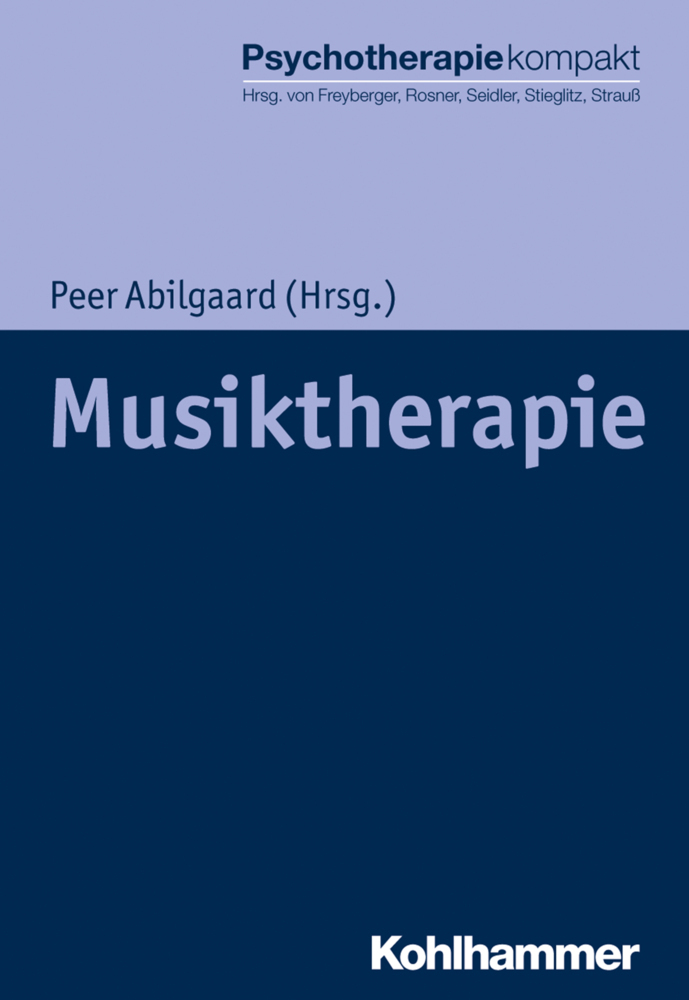Liver Intra-arterial PRRT with 111In-Octreotide
Liver Intra-arterial PRRT with 111In-Octreotide
This book describes in detail a clinical project that reveals the tumoricidal efficacy of Auger and internal conversion electrons, emitted from n.c.a. 111In and implemented in oncology as a treating armamentarium for peptide receptor radionuclide therapy (PRRT), targeting small size (ø 20 mm) tumors and micro-metastases.
The keen interest in n.c.a. 111In began when it was observed that its Auger electron emission could be highly radiotoxic, due to its high LET when it decayed in the vicinity of cellular DNA. The somatostatin analog octreotide, labeled with [111In-diethylenetriaminepentaacetic acid (DTPA0-D-Phe1)] is an established diagnostic agent for the imaging of somatostatin receptor-positive neuro- (or non-neuro) endocrine tumors. It relies on receptor-mediated binding, internalization and installation in the lysosomes in the proximity of the nucleus; administered in large doses, loco-regionally, via the feeding artery of solid tumors, can be highly radiotoxic if they over-express somatostatin receptors, mainly of the sst2 histotype.
The book compares the results between i.v. and i.a. implementation in more than 80 patients after over 800 i.a. infusions in neuroendocrine tumors, meningiomas, paragangliomas and colorectal carcinomas in a single Institute (Aretaieion University Hospital) and encourages the i.a. way, leading to "tumor melting", while minimizing the toxicity to healthy peritumoral liver tissue and critical organs (kidneys and bone marrow).
The volume is an invaluable tool for nuclear medicine physicians, interventional radiologists and oncologists dealing with radiopeptide therapies.
The efficacy of auger and internal conversion electron emission 0f in-111 to treat neuroendocrine tumors.- Somatostatin
Gastro-entero-pancreatic neuroendocrine tumors[111in-dtpa0-d-phe1] - octreotide: the ligand -the receptor-label
Regulations and requirements of hospitals performing radio-infusions
Intravenous radio-peptide infusion with in-octreotide
Intra-arterial radio-peptide infusion
Radio-peptide infusions after implementation of an intra-arterial port system
US, CT and MRI for the evaluation of patients with neuroendocrine tumors
Angiographic anatomy on the course of liver intra-arterial infusion
Liver radio-infusions: identifying anatomic variants
Dosimetry and dose calculation: its necessity in radio-peptide therapy
Evaluation and assessment of the radio-peptide treatment efficacy
Intra-venous radio-peptide infusions with in-octreotide for the treatment of bronchial carcinoids
Intra-arterialradio - peptide infusions for the treatment of colorectal carcinomas
Intra-arterial radio-peptide infusions for the treatment of paragangliomas
Intra-arterial radio-peptide infusions for the treatment of brain meningiomas
Surgery in neuroendocrine tumors
Cytoreductive surgery combined with intraperitoneal [111in-dtpa0- d-phe1]-octreotide infusions in neuroendocrine character metastases
Patients survival followed intra-arterial versus intravenous infusions
Complications and side effects on the course of liver-radio-infusions
Progression free survival and response rate in neuroendocrine liver-metastasized patients, treated with in-111 octreotide
Therapy response vs variability of tumor size, absorbed dose, and ki-67 index after in-111 octreotide intra-arterial infusions.
Limouris, Georgios S.
| ISBN | 978-3-030-70775-0 |
|---|---|
| Artikelnummer | 9783030707750 |
| Medientyp | Buch |
| Copyrightjahr | 2022 |
| Verlag | Springer, Berlin |
| Umfang | XIII, 270 Seiten |
| Abbildungen | XIII, 270 p. 130 illus., 124 illus. in color. |
| Sprache | Englisch |

